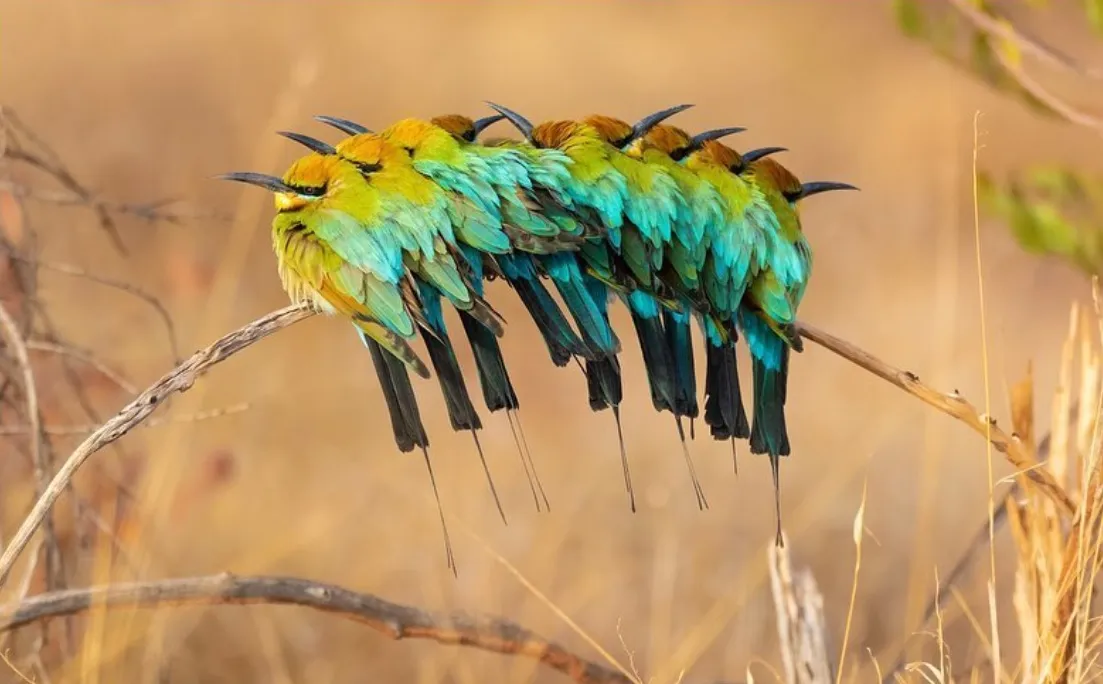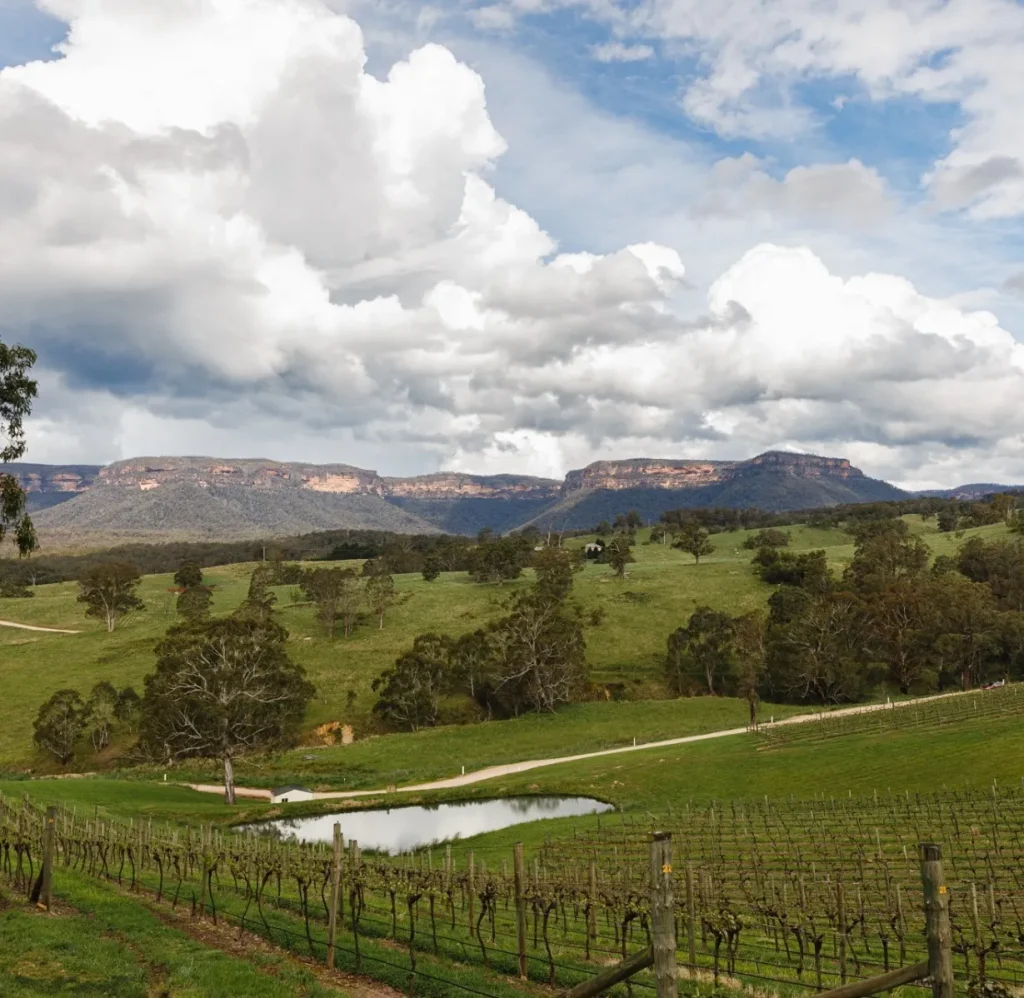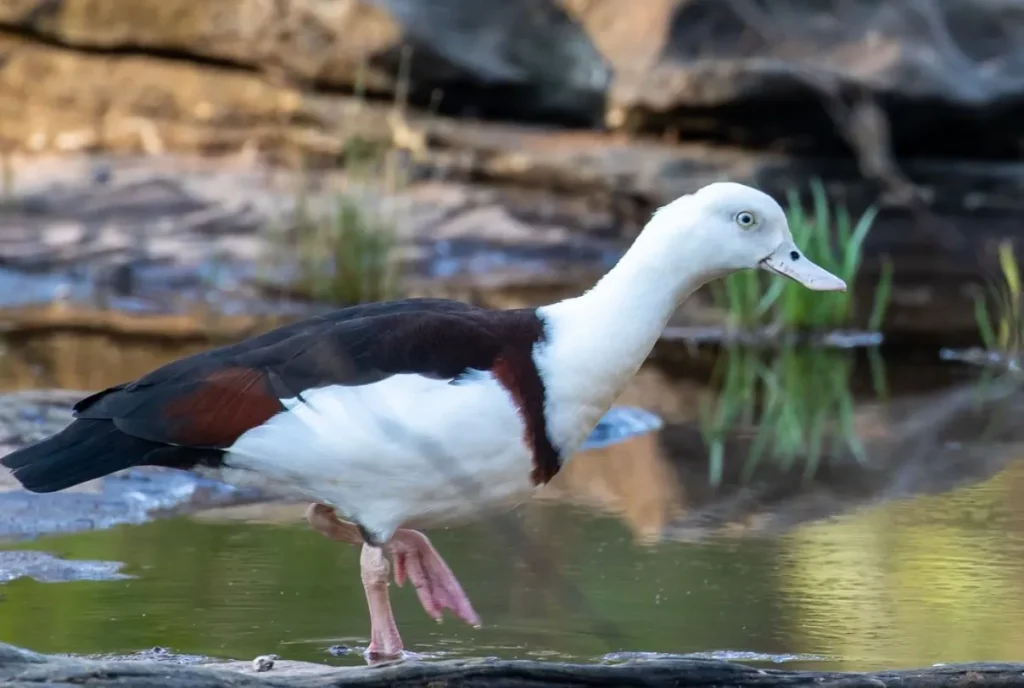In the heart of Australia’s Northern Territory lies Kakadu National Park, a UNESCO World Heritage site famous for its landscapes, culture and, most of all, its birds. With over 19,804 square kilometres to explore, Kakadu is a birdwatcher’s paradise with diverse habitats – floodplains, black soil floodplains, sandstone escarpments and monsoonal vine forests. Whether you’re a serious ornithologist or just a bird buff, Kakadu has an adventure for wildlife lovers.
Kakadu is a Birdwatcher’s Paradise
Diverse Habitats Support 280+ Bird Species
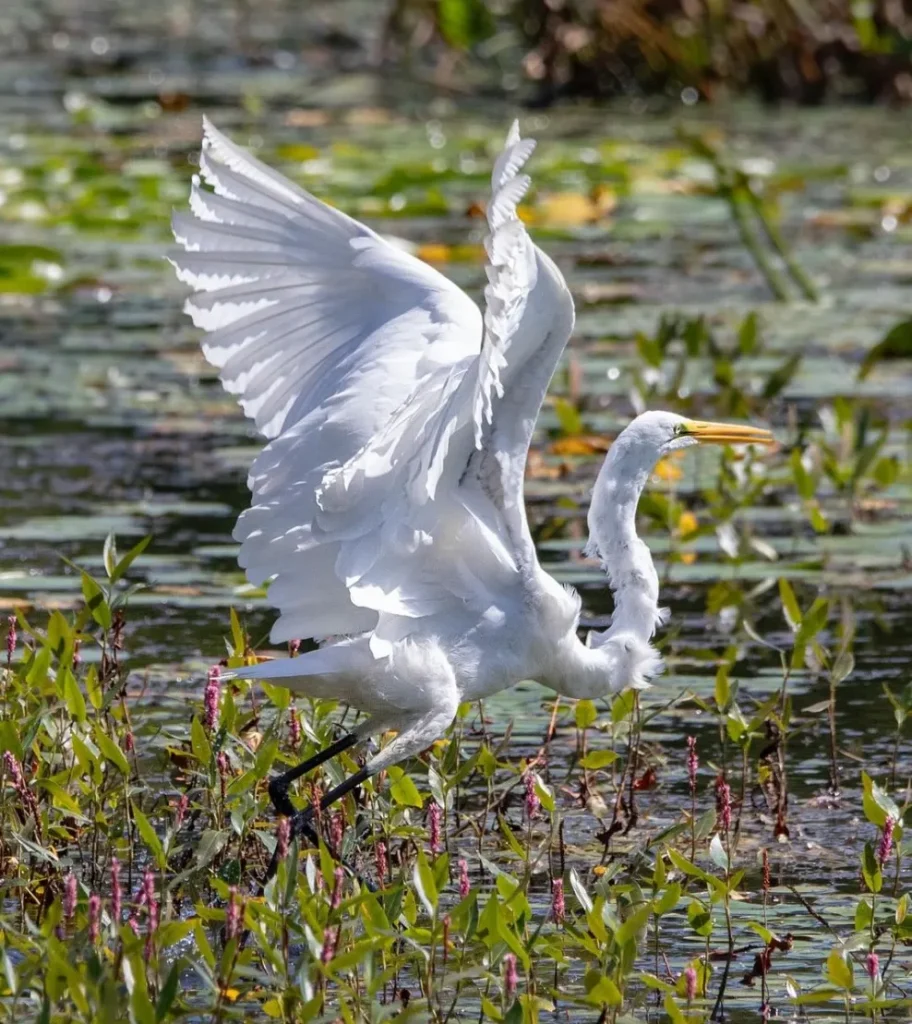
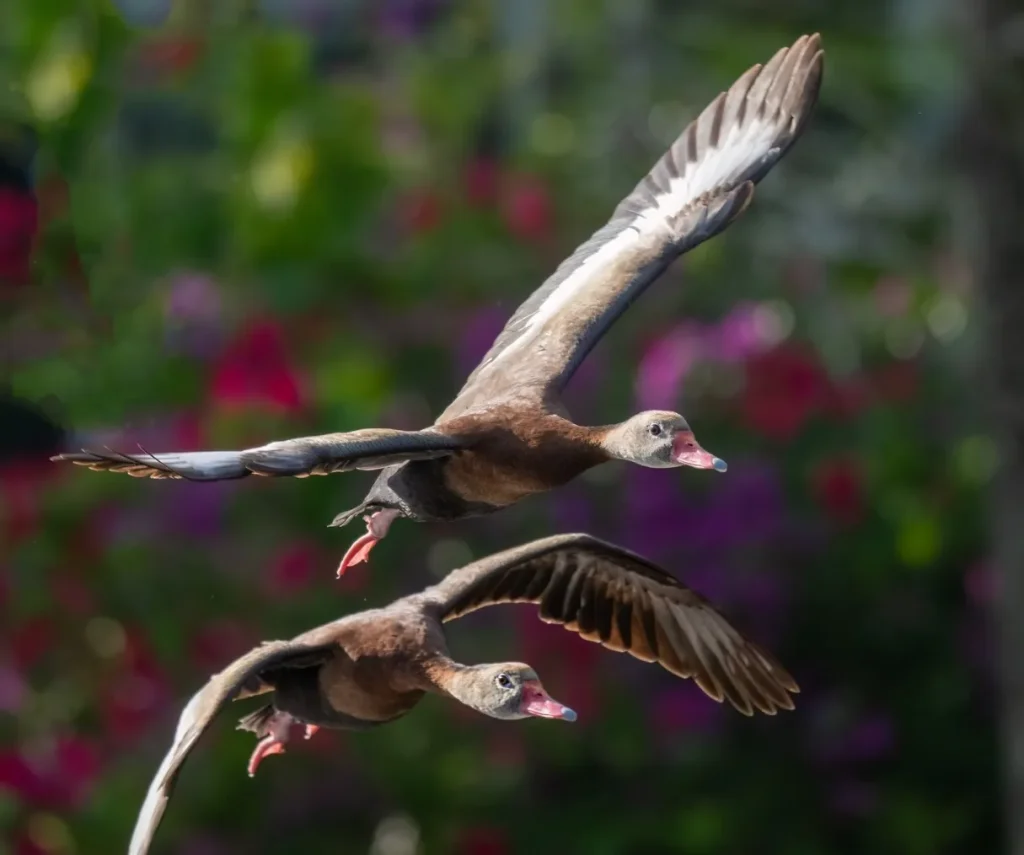
Kakadu’s many ecosystems support over 280 bird species, including endemics and migrants. The wetlands, like Yellow Water Billabong and Mamukala Wetlands, are full of waterbirds – Whistling Ducks, Red-tailed Black Cockatoos, Intermediate & Great Egrets. The monsoon forests and woodlands have Black-necked Storks, Bush stone curlews and the lovely rainbow pitta. The rocky escarpments and sandstone areas have Arafura Shrike-thrush and Sandstone Shrike-thrush.
The black soil floodplains are a special place where waterbirds congregate during the dry season and put on a show. The floodplains combined with the vast floodplains of Kakadu make for a dynamic habitat that supports many bird species, so every birdwatching trip is an adventure.
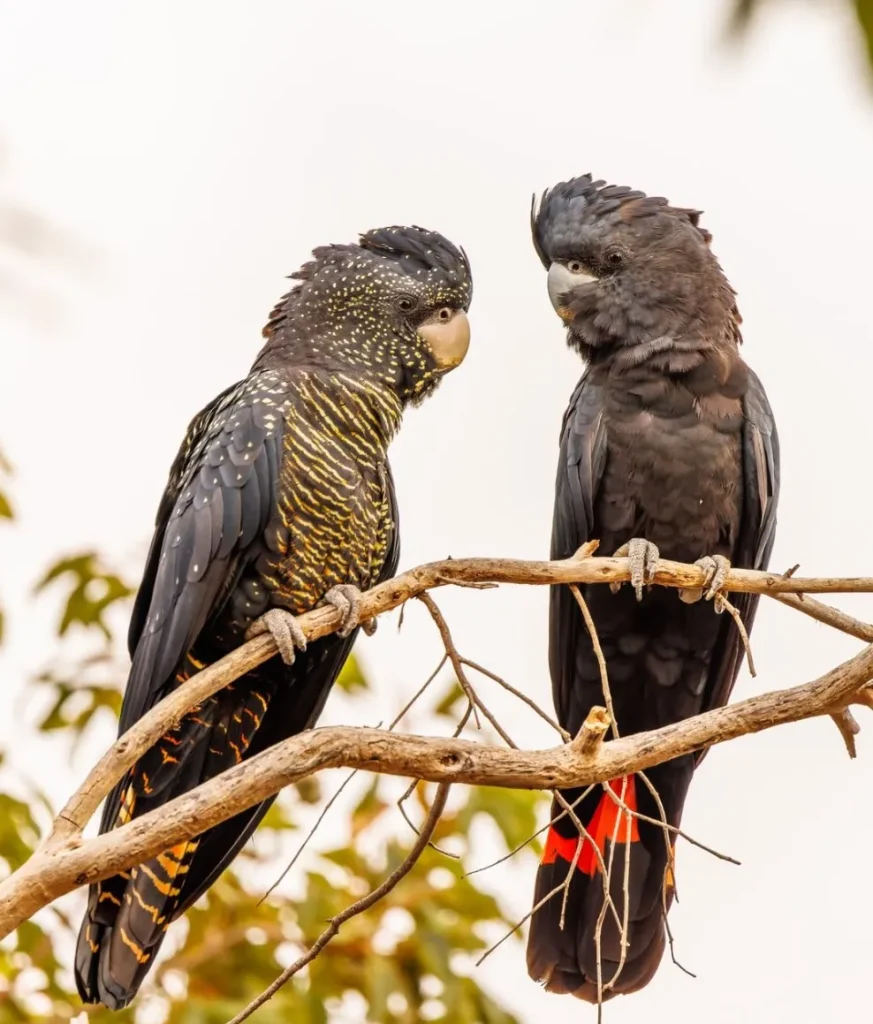
Seasonal Migrations Bring New Birds
During the wet season, Kakadu is a magnet for migrants from Asia and the Pacific. This seasonal influx adds to the park’s bird diversity and brings in rare and exotic species like the Pacific Baza, Blue-faced Honeyeater and Red-backed Fairy-wren that are not found in other parts of Australia. The dry season mating season also brings out the best in bird behaviour and plumage.
Bird migrations bring thousands of birds to Kakadu in one place. This not only enhances the birdwatching experience but also plays a vital role in the ecosystem.
Endemics and Rare Species
Kakadu has several endemic and threatened bird species – Rufous-crowned Emu-wren, Black-banded Fruit-Dove, Banded Fruit-dove and the Gouldian Finch. Protecting these species is a major focus of the park’s conservation work so Kakadu is not only a birdwatching hotspot but a bird sanctuary. BirdLife International works with Kakadu to monitor and protect these key species.
Best Birdwatching Spots in Kakadu National Park
Yellow Water Billabong
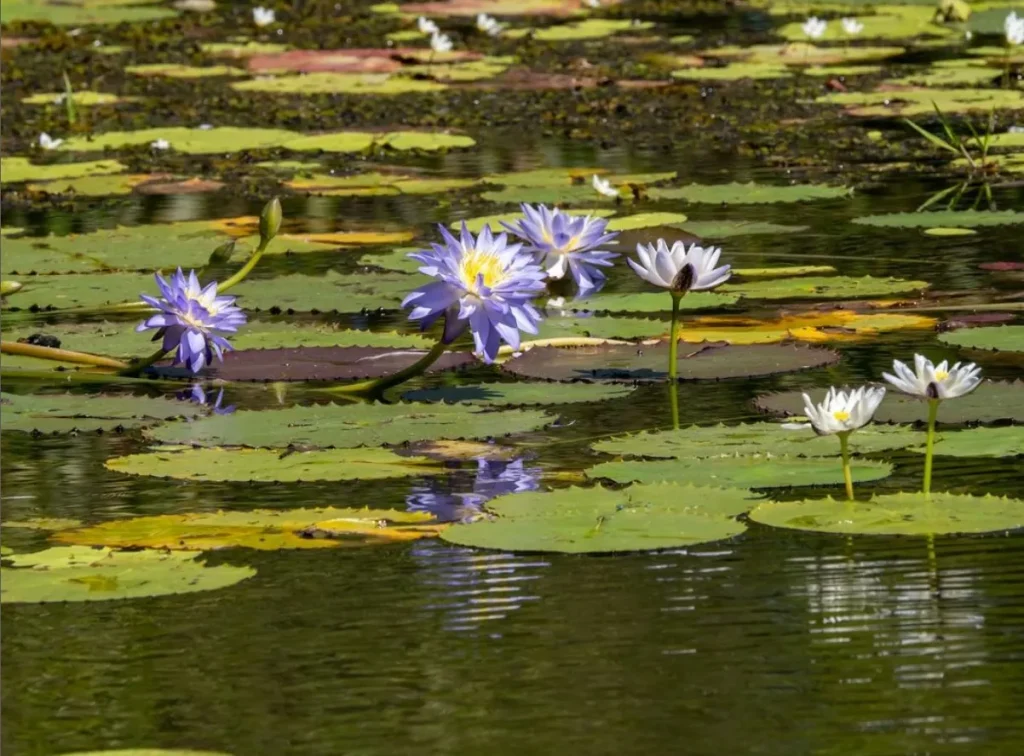
Kakadu’s most famous birdwatching spot, Yellow Water Billabong is a must see for any birdie. Here you can see Magpie Geese, Egrets, Kingfishers, Red-winged Parrots and the elusive Brolga. Sunrise and sunset tours are the best, with birds concentrated and creating great scenes against the rainbow pitta and grey teal.
A 2 hour birdwatching cruise on Yellow Water is an experience, you get to see birds of prey soaring above the wetlands and water monitor sunbathing on riverbanks. The sunset cruise is the most popular, with great views and birds are most active.
Mamukala Wetlands
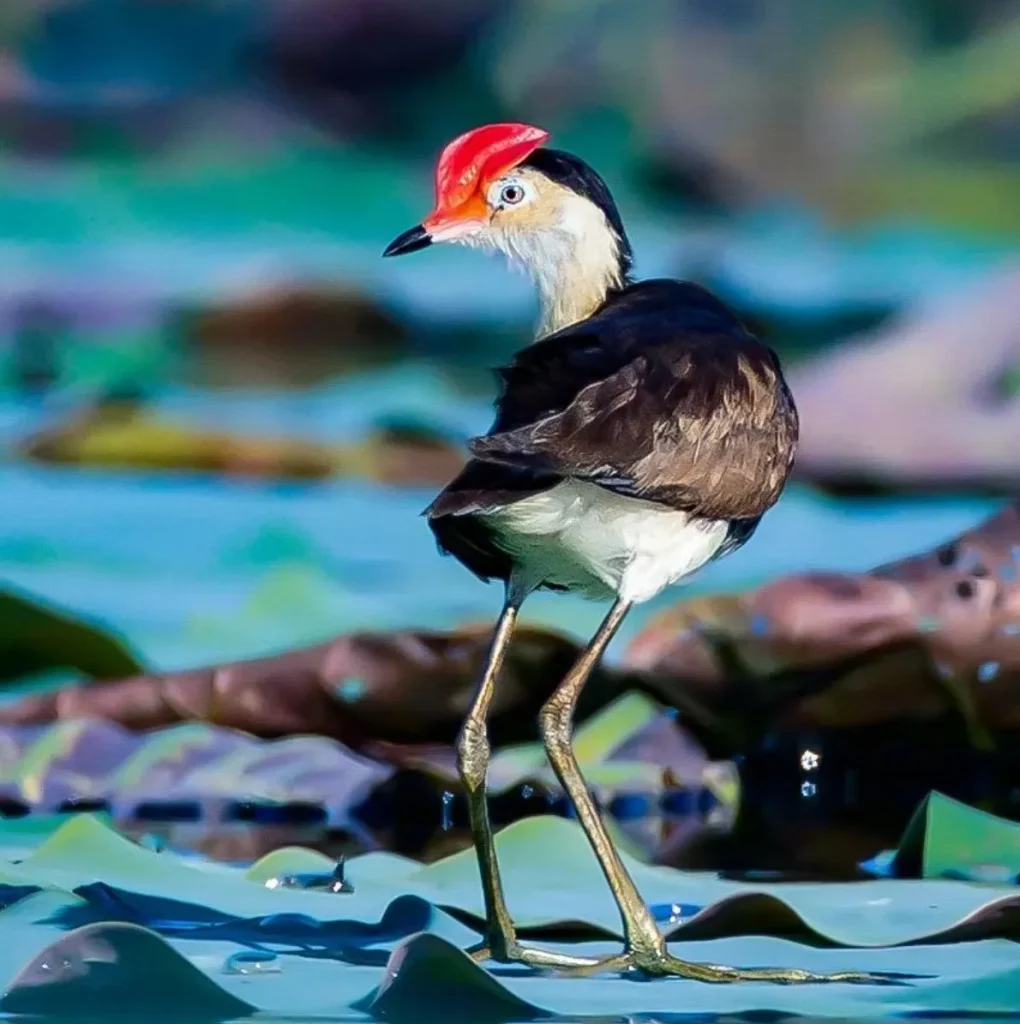
Mamukala Wetlands has a bird hide overlooking a large floodplain. From here, you can see Frigatebirds, Black-breasted Buzzards, Wattled Cranes and Shining Flycatchers. The adjacent Mamukala Visitor Centre has information and viewing platforms, so it’s a great spot for a morning woodland birding walk or morning tea while thousands of birds congregate.
Mamukala Billabong is famous for its bird concentrations, especially during the dry season when the water recedes and birds concentrate. The observation platform has great views of the floodplain, which is perfect for photographing multi-coloured birds and capturing bird action.
Ubirr Rock
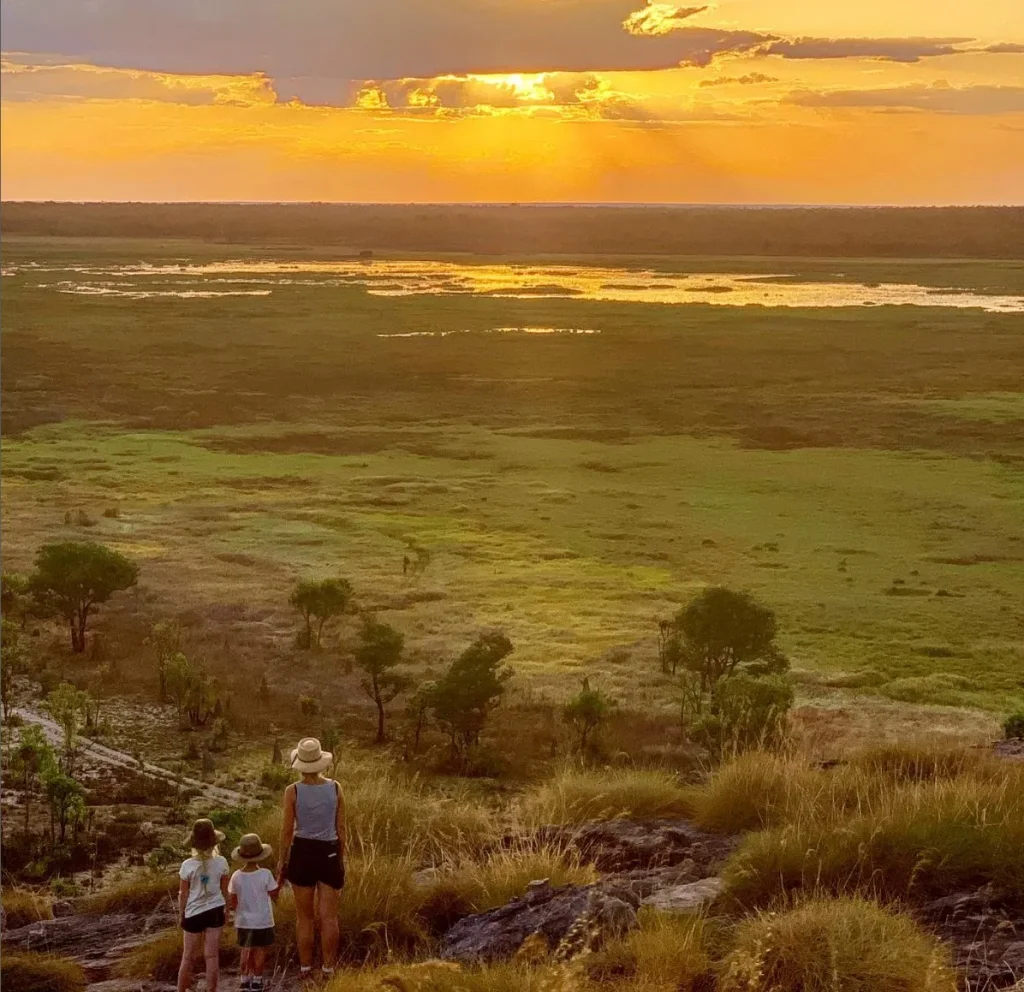
Ubirr Rock is famous for its Aboriginal rock art, but it’s also a great spot for birdwatching. The surrounding savannah woodlands and rocky escarpments are home to Red-tailed Black Cockatoo, Spangled Drongo and Black Butcherbird. The views from Ubirr are also great for spotting birds across the landscape, water monitors and rock wallabies.
The 18km sandstone escarpment around Ubirr has many different habitats where birds of prey can be seen hunting and bird call playback is often used by guides to attract rare species, so the birdwatching experience is enhanced.
Nourlangie Rock
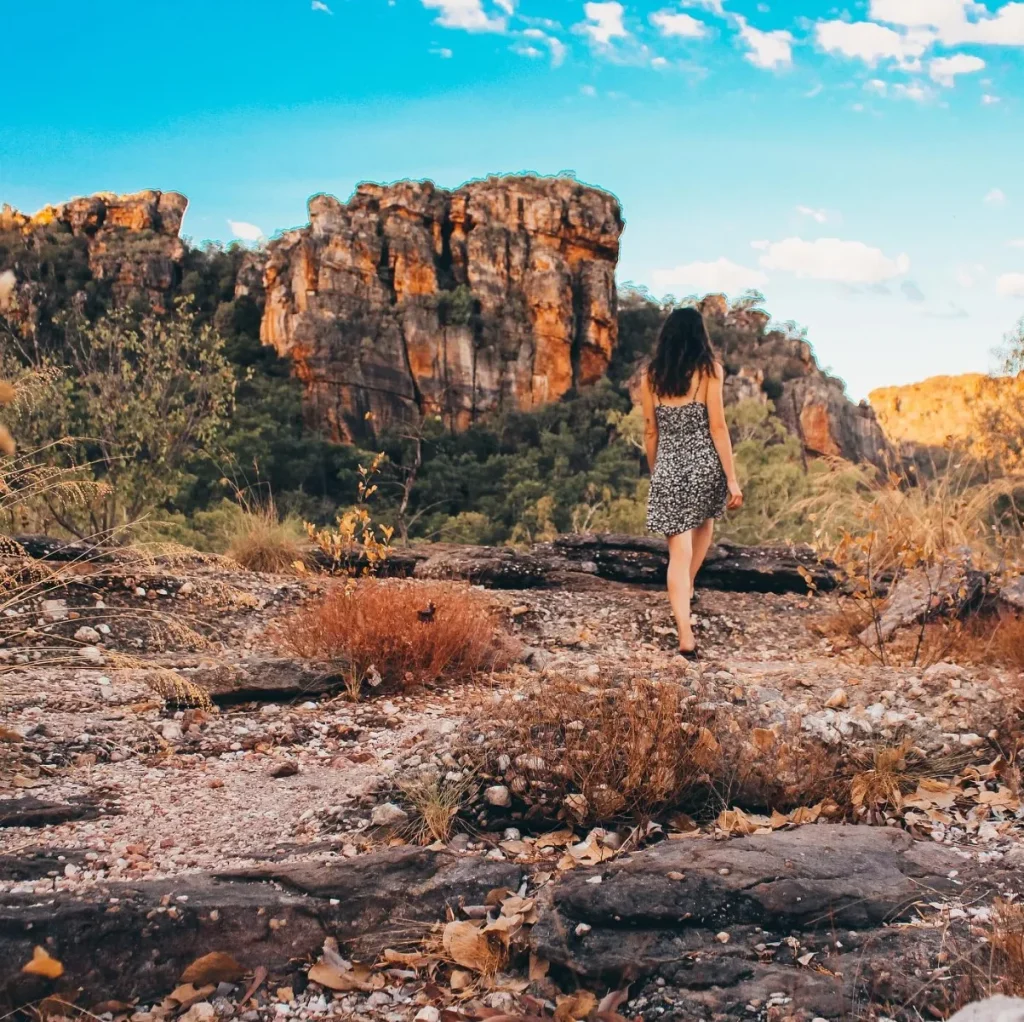
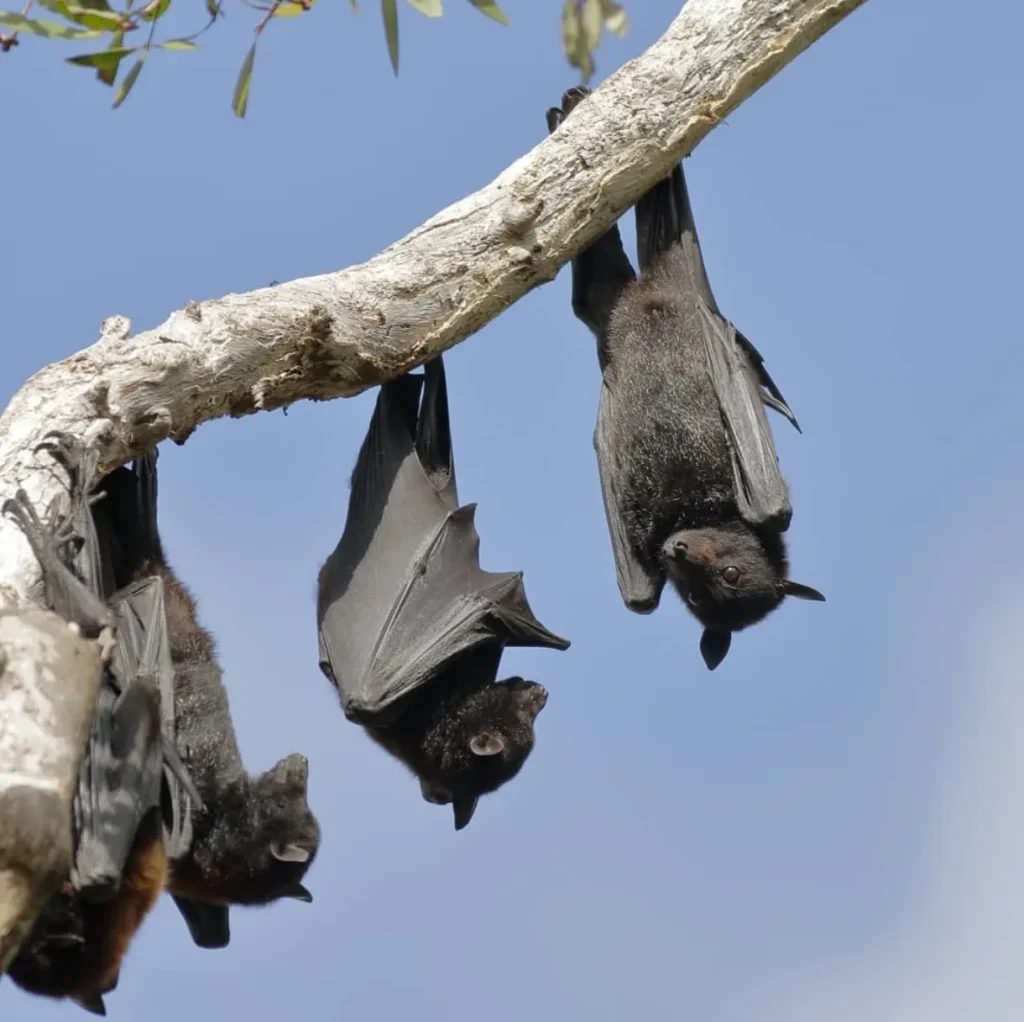
Nourlangie Rock is another cultural and natural gem of Kakadu. The rocky escarpments and nearby woodlands are home to Parrots, Hawks, Wattled Cranes and Black Flying Foxes. Guided walks will give you insights into the cultural significance and natural habitat of the birds that live here, including the Helmeted Friarbird and Purple Swamphens.
Birdwatchers can do Afternoon cruises and birds of prey cruises from Nourlangie Rock, with different perspectives and different lighting and weather conditions.
Anbangbang Billabong
In the southern part of Kakadu, Anbangbang Billabong is a great spot to see Peaceful Doves, Willie Wagtails and Rose-crowned Fruit-Dove. The 18km sandstone escarpment around here has a great variety of flora that attracts many bird species, so it’s a birder favourite.
The flat loop around Anbangbang Billabong is perfect for a leisurely walk so that birdwatchers can access multiple viewing points and observation platforms for great bird sightings.
More Prime Birdwatching Spots
South Alligator Floodplains
The South Alligator Floodplains are a secret spot within Kakadu Park, with pristine wetland habitat for many wetland birds. Here, you can see Green Pygmy-Goose, Orange-Footed Scrubfowl and Pacific Black Duck. It’s peaceful and quiet for doves and other calm birds.
Arnhem Land Escarpment
The Arnhem Land Escarpment is a rugged landscape where birds from more remote areas can be found. The monsoonal vine forest of the escarpment is home to unique species like Long-tailed Finches and Paperbark Flycatcher, so it’s a tough but rewarding spot for serious birders.
Bowali Visitor Centre
The Bowali Visitor Centre is the entry point for several birdwatching trails in Kakadu. From here, you can go on guided birdwatching tours or visit the nearby Rose River and White River, which are both known for their birdlife. The centre also has presentations and exhibits on Kakadu’s birdlife.
Birdwatching Tips in Kakadu National Park
Best Time to Visit
The dry season (May to October) is the best time for birdwatching in Kakadu. During this time water is scarce so birds are concentrated around the remaining waterholes and it’s more frequent and diverse. The breeding season during the dry months also brings out the best behaviours and plumage.
Must Haves
- Binoculars: A good pair of binoculars to spot and ID birds from a distance.
- Field Guide: An Australian bird guide specific to Kakadu to help ID the birds.
- Camera: A good camera with zoom to capture your birdwatching moments.
- Comfortable Clothing: Lightweight, breathable clothing and sturdy shoes are needed to walk on various terrains.
- Observation Platform Access: Bring a portable chair or stool for extended viewing at places like the Mamukala Billabong.
- Bird Call Apps: Use bird call apps to help you find and ID birds.
Guided Tours vs. Guided
Self guided is flexible but joining a guided birdwatching Kakadu tours can really enhance your experience. Expert bird guides will share their knowledge, help you find the rare birds and make the most of your time in the park. Companies like Arnhemland Safaris and Lords Kakadu & Arnhemland offer tours to suit different interests and skill levels.
Guided tours often provide access to observation platforms, flat loops, and hidden spots that are not accessible on your own. And expert bird guides will give you presentations and stories about Kakadu’s birdlife experts to help you understand the park’s birdlife better.
Wildlife and Habitat
Always keep a safe distance from birds and their habitats. Don’t make loud noises or sudden movements that will disturb the wildlife. Follow park rules to preserve Kakadu for future generations. By paying park fees and practising responsible tourism, you are supporting bird conservation.
Birds to See in Kakadu
Brolga
The Brolga, with its impressive mating dances during the breeding season, is a big hit with visitors. These beautiful birds are often seen in large numbers near water sources, especially at Yellow Water and South Alligator Floodplains. Their calls and synchronised movements make them a joy to watch and photograph.
Jabiru
One of Australia’s largest flying birds, the Jabiru is a sight to behold in Kakadu’s wetlands. Their large wingspan and black plumage make them a favourite among birds. BirdLife Data Zone says Jabirus are a key species for monitoring the health of Kakadu’s wetlands. Watching Jabirus in flight or near water is great for understanding their behaviour and habitat.
Rainbow Bee-eater
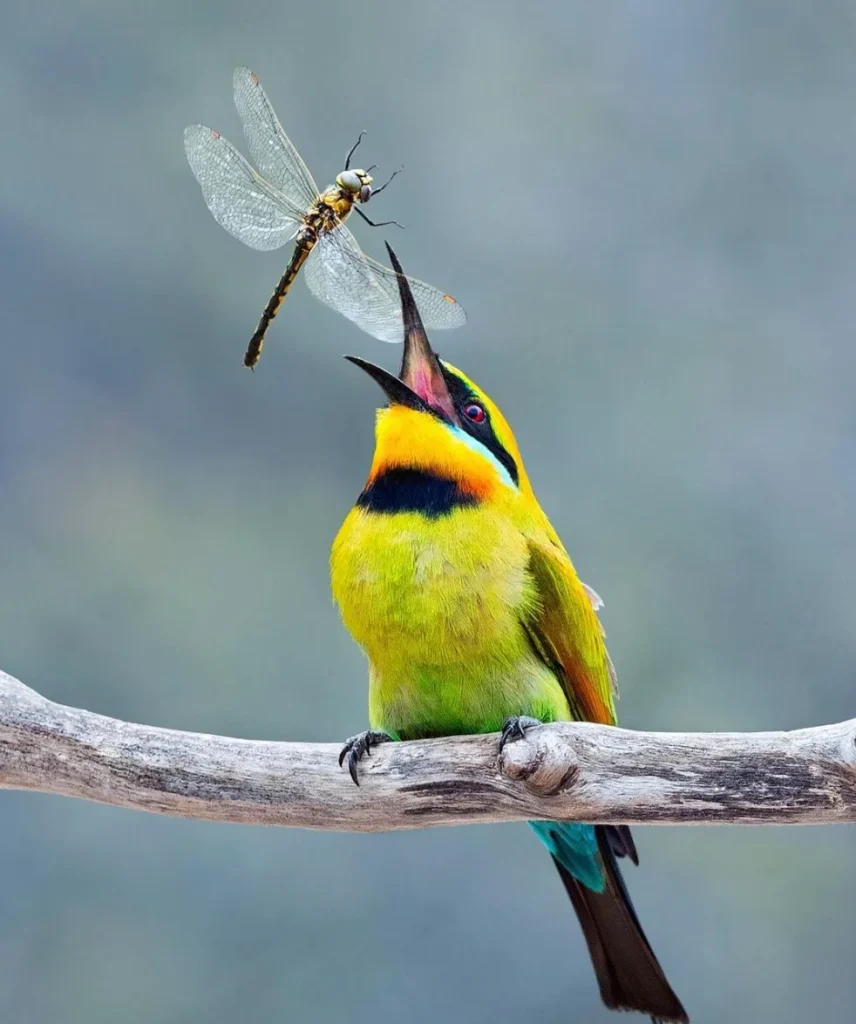
With their bright colours and acrobatic flight, Rainbow Bee-eaters are a colourful sight in Kakadu’s skies. Watching these birds flit between flowering trees is a pleasure, especially during the dry season when insects are more active. Their bright plumage and playful antics make them a favourite among photographers and casual birdos alike.
Red-tailed Black Cockatoo
A rare and majestic raptor, the Red-tailed Black Cockatoo is a bird’s dream. Their powerful flight and hunting skills make them a great subject to watch, especially around the rocky escarpments and big floodplains. These cockatoos are known for their red tail feathers and loud calls, which echo through the landscape during breeding season.
Black-banded Fruit-Dove
The Black-banded Fruit-Dove is one of the most colourful finches in Kakadu. Their bright plumage and love of monsoon forest make them a highlight of any birding trip. These doves are often seen in flocks of birds, feeding on fruit and dispersing seeds in the ecosystem.
Gouldian Finch
Another colourful species, the Gouldian Finch, is known for its multi-coloured plumage. These beautiful birds are found in the dry savannah woodlands, where they feed on seeds and berries from the amazing array of vegetation. Their colours and antics make them a favourite among birds and photographers.
Azure & Forest Kingfishers
The Azure Kingfisher and Forest Kingfisher are often seen along the waterways of Kakadu. Their bright colours and calls make them easy to spot near Bowali Visitor Centre and Nourlangie Rock. These kingfishers are skilled hunters, often diving into the water to catch fish, adding excitement to your birding.
Arafura Fantail & Sandstone Shrike-thrush
Found only in Kakadu’s sandstone country, the Arafura Fantail and Sandstone Shrike-thrush are small but lovely birds that add to the park’s bird list. Their songs and movements through the understorey are a pleasure to watch during morning woodland walks.
White-lined Honeyeater
White-lined Honeyeaters are everywhere in the woodlands of Kakadu, feeding on nectar from flowering trees. Their songs are part of the park’s soundtrack. They are important for pollination and overall health of Kakadu’s plant life.
Helmeted Friarbird
Helmeted Friarbirds are another species that love Kakadu’s diversity. Their looks and social behaviour make them a birding favourite. They are often seen in groups, nesting and foraging together.
Conservation and Birdlife Data
Kakadu National Park works with BirdLife International to monitor and protect its many bird species. The Birdlife Data Zone in the park provides information on bird populations, migration patterns and conservation status. This is important for maintaining the park as a birding destination and for the survival of key species.
Cultural Significance and Aboriginal Heritage
Birdwatching in Kakadu is not just about birds; it’s also about connection to the region’s rich Aboriginal culture. Sites like Ubirr Rock and Nourlangie Rock have ancient rock art of native birds and other wildlife, showing the deep cultural values of the area. Guided Kakadu day tours often include information on how Aboriginal people have lived alongside Kakadu’s birds for thousands of years.
Awards for Wildlife Tourism
Kakadu National Park has won many awards for wildlife tourism, recognising its management of natural resources and visitor experience. These awards demonstrate Kakadu’s commitment to sustainable tourism and its birdlife.
Summary
Kakadu National Park is a showcase of Australia’s natural beauty and biodiversity, and its birds are one of its best features. From finches to multi-coloured birds to water birds to birds of prey, Kakadu is the ultimate birdwatching experience. Whether you’re on a birding expedition or want to get amongst nature, Kakadu has a birding wonderland waiting for you.
FAQ
When is the best time for birding?
The dry season (May to October) is when water levels are low, and birds congregate around the remaining waterholes.
What birds can I see?
Black-necked Stork, Gouldian Finch, Partridge Pigeon and many wetland birds like Radjah Shelduck and Great Egret.
Do I need a Kakadu Park Pass?
Yes, you need a Kakadu Park Pass to enter the park. It covers entry fees and helps with park maintenance and conservation.
Are there birding tours?
Yes, several operators offer birding tours, especially during Kakadu Bird Week. These tours often include morning tea and presentations from expert bird guides.
How do I see rare birds in Kakadu?
Join a tour is the best way to see rare species. Expert guides have years of birding experience and know where to find the elusive Chestnut-quilled Rock Pigeon and Hooded Parrot.
